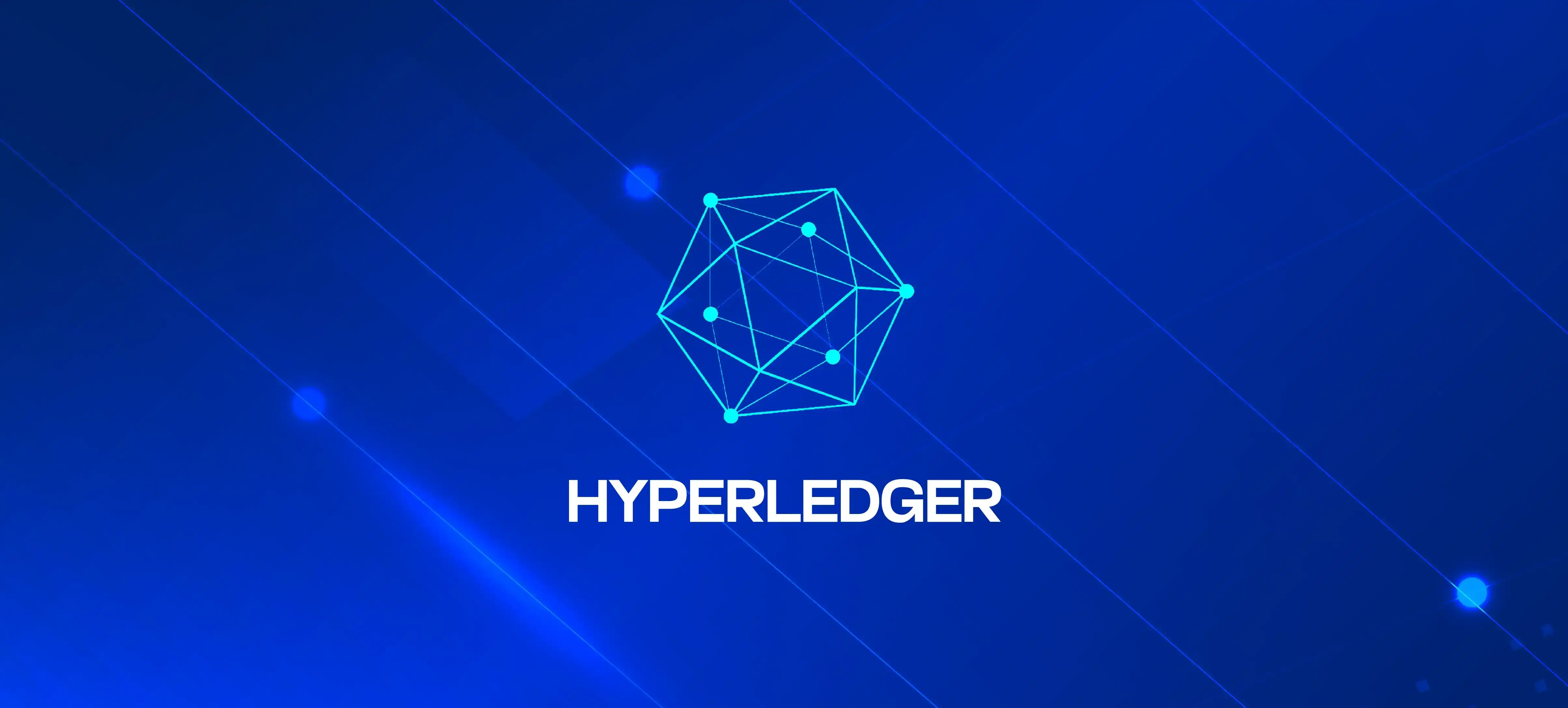
Why Do Wallets and Gas Stagnate in Web3 Environments?
Table of Contents
- Understanding Wallet and Gas Stagnation in Web3
- What Causes Gas Fee Stagnation in Blockchain?
- Wallet Usability Challenges in Web3
- How Web3 Scalability Affects Wallet Performance
- Practical Solutions for Gas Optimization and Wallet Performance
- Real-World Use Cases in Gas Optimization and Wallet Scalability
- Future Trends: Scaling Web3 Wallets and Reducing Gas Costs
- Final Thoughts
Understanding Wallet and Gas Stagnation in Web3
Blockchain and Web3 technologies have transformed digital transactions, enabling decentralized financial systems and trustless interactions. However, the rapid growth of Web3 has surfaced key challenges, particularly regarding wallet performance and gas fee stagnation. Issues like slow transaction processing, unpredictable fees, and wallet usability hurdles remain obstacles to seamless adoption. These challenges highlight critical pain points such as Web3 wallet issues, gas optimization in Web3, and the scalability limitations of blockchain ecosystems.
What Causes Gas Fee Stagnation in Blockchain?
Gas fees are essential in blockchain networks, covering the computational cost of executing transactions and smart contracts. These fees often stagnate or skyrocket due to:
-
Network Congestion: High transaction volumes increase competition, driving up costs.
-
Scalability Limitations: Blockchains like Ethereum face scalability constraints, processing 15-30 transactions per second (TPS), leading to delays.
-
Auction-Based Pricing: Miners prioritize transactions with higher gas fees, sidelining lower-fee submissions during busy periods.
-
Complex Smart Contracts: Sophisticated operations consume more gas, exacerbating network congestion.
-
Variable Demand Peaks: High-profile events, such as NFT drops or DeFi protocol launches, cause sudden demand surges, resulting in inflated gas prices.
-
Resource-Intensive Consensus Mechanisms: Proof-of-Work (PoW) systems require extensive computational effort, slowing processing speeds and amplifying costs.
These factors underline why Ethereum gas fees explained and addressed remain crucial for improving the usability and adoption of blockchain systems.
Wallet Usability Challenges in Web3
Web3 wallets, which facilitate blockchain interactions, often suffer usability and performance issues, such as:
-
Transaction Delays: Dependence on network confirmation times causes inconsistent processing speeds, leading to Web3 transaction delays.
-
Complicated User Interfaces: Many wallets lack intuitive designs, deterring non-technical users and exacerbating crypto wallet usability challenges.
-
Security Concerns: Managing private keys and seed phrases remains a pain point, exposing users to phishing and hacking risks.
-
Limited Multichain Support: Users often need multiple wallets to access different blockchain ecosystems, fragmenting the experience.
-
Inconsistent Gas Fee Estimation Tools: Wallets sometimes fail to predict accurate gas fees, leading to transaction failures or excessive costs, highlighting gas fee stagnation in blockchain.

How Web3 Scalability Affects Wallet Performance
Scalability bottlenecks, particularly on Layer-1 blockchains like Ethereum, directly impact wallet performance. The interplay of Web3 scalability problems and wallet design significantly affects user experiences and adoption rates. Layer-2 solutions such as Optimistic Rollups and zk-Rollups aim to alleviate congestion, but adoption remains fragmented.
Layer-2 and Cross-Chain Innovations
-
Optimistic Rollups: Batch transactions off-chain before finalizing them on Layer-1, reducing fees and congestion.
-
zk-Rollups: Provide faster verification by bundling multiple transactions into zero-knowledge proofs.
-
Plasma Chains: Allow separate chains to handle high transaction volumes and periodically sync with the main chain for security.
-
Cross-Chain Bridges: Simplify asset transfers between blockchains but often introduce vulnerabilities due to complex interoperability protocols.
-
Sidechains: Operate independently of the main blockchain, offering scalability benefits without sacrificing security.
Struggling With Wallet Scalability And Gas Optimization?
Practical Solutions for Gas Optimization and Wallet Performance
Addressing gas fee stagnation and wallet challenges requires a combination of advanced technologies and design principles.
Gas Optimization Strategies
-
Gas Token Usage: Pre-purchasing gas tokens during low-fee periods helps mitigate price spikes.
-
Transaction Batching: Grouping multiple actions into single transactions reduces overhead costs.
-
Layer-2 Integrations: Incorporate rollups and sidechains to improve throughput and minimize fees.
-
Efficient Smart Contracts: Streamlined code reduces computational requirements, lowering gas consumption.
-
Dynamic Fee Adjustment Tools: Implement AI-based analytics to optimize gas price predictions and adjust fees accordingly.
-
Protocol Upgrades: Adopt network enhancements like Ethereum's EIP-1559, which adjusts gas pricing models for better predictability.
These techniques address why gas fees fluctuate in Web3 transactions and offer actionable solutions for smoother blockchain interactions.
Enhancing Wallet Usability
-
Multichain Wallets: Solutions like MetaMask and WalletConnect support multiple blockchains in one interface.
-
User-Centric Design: Intuitive layouts and seamless onboarding improve accessibility, addressing how wallet design affects Web3 adoption.
-
Hardware Wallet Support: Integrating cold storage options boosts security without compromising convenience.
-
Integrated Analytics Dashboards: Real-time tracking of gas fees and transaction statuses enhances transparency.
-
Plug-and-Play Modules: Pre-built components simplify integration with different dApps, reducing development time and complexity

Real-World Use Cases in Gas Optimization and Wallet Scalability
-
DeFi Platforms: DeFi applications rely on frequent transactions, making gas optimization crucial. Integrating Layer-2 solutions and batching transactions has enabled platforms like Uniswap to reduce fees and enhance scalability.
-
NFT Marketplaces: NFT marketplaces such as OpenSea have adopted off-chain orders and lazy minting to reduce network congestion, improving wallet performance and reducing gas costs for creators and buyers.
-
Cross-Border Payments: Blockchain networks leveraging zk-Rollups ensure faster and cheaper cross-border payments by aggregating transactions, reducing costs for financial institutions.
-
Gaming Applications: Blockchain-based games require rapid microtransactions. Integrating Layer-2 scaling has allowed platforms to deliver smoother user experiences without excessive fees.
Ready To Optimize Your Blockchain Applications?
Future Trends: Scaling Web3 Wallets and Reducing Gas Costs
The Web3 ecosystem continues evolving to address wallet and gas stagnation. Emerging trends include:
-
Modular Blockchains: Separating consensus and execution layers enhances scalability.
-
AI-Powered Optimization: Predictive models minimize fees by optimizing transaction timing.
-
Decentralized Identity (DID): Simplifies user onboarding, reducing barriers to adoption.
-
Account Abstraction: Enables programmable wallets that automate gas payments, improving user experience.
-
Zero-Knowledge Proofs (ZKPs): Enhance privacy and scalability by verifying transactions without revealing underlying data.
-
Hybrid Blockchains: Combining public and private networks ensures scalability without compromising security.
These advancements are paving the way for solving gas fee stagnation in blockchain and making Web3 wallet performance more reliable and user-friendly.

Final Thoughts
Addressing stagnation in Web3 wallets and gas fees is pivotal for the broader adoption of blockchain technologies. Innovations in Layer-2 scaling, gas optimization techniques, and wallet usability improvements provide actionable solutions to current challenges. Businesses can enhance scalability and user satisfaction by implementing best practices for Web3 wallet performance and optimizing wallet and gas stagnation in crypto.
Discover Cutting-Edge Blockchain Solutions With Invoblox.
Table of Contents
- Understanding Wallet and Gas Stagnation in Web3
- What Causes Gas Fee Stagnation in Blockchain?
- Wallet Usability Challenges in Web3
- How Web3 Scalability Affects Wallet Performance
- Practical Solutions for Gas Optimization and Wallet Performance
- Real-World Use Cases in Gas Optimization and Wallet Scalability
- Future Trends: Scaling Web3 Wallets and Reducing Gas Costs
- Final Thoughts
Understanding Wallet and Gas Stagnation in Web3
Blockchain and Web3 technologies have transformed digital transactions, enabling decentralized financial systems and trustless interactions. However, the rapid growth of Web3 has surfaced key challenges, particularly regarding wallet performance and gas fee stagnation. Issues like slow transaction processing, unpredictable fees, and wallet usability hurdles remain obstacles to seamless adoption. These challenges highlight critical pain points such as Web3 wallet issues, gas optimization in Web3, and the scalability limitations of blockchain ecosystems.
What Causes Gas Fee Stagnation in Blockchain?
Gas fees are essential in blockchain networks, covering the computational cost of executing transactions and smart contracts. These fees often stagnate or skyrocket due to:
-
Network Congestion: High transaction volumes increase competition, driving up costs.
-
Scalability Limitations: Blockchains like Ethereum face scalability constraints, processing 15-30 transactions per second (TPS), leading to delays.
-
Auction-Based Pricing: Miners prioritize transactions with higher gas fees, sidelining lower-fee submissions during busy periods.
-
Complex Smart Contracts: Sophisticated operations consume more gas, exacerbating network congestion.
-
Variable Demand Peaks: High-profile events, such as NFT drops or DeFi protocol launches, cause sudden demand surges, resulting in inflated gas prices.
-
Resource-Intensive Consensus Mechanisms: Proof-of-Work (PoW) systems require extensive computational effort, slowing processing speeds and amplifying costs.
These factors underline why Ethereum gas fees explained and addressed remain crucial for improving the usability and adoption of blockchain systems.
Wallet Usability Challenges in Web3
Web3 wallets, which facilitate blockchain interactions, often suffer usability and performance issues, such as:
-
Transaction Delays: Dependence on network confirmation times causes inconsistent processing speeds, leading to Web3 transaction delays.
-
Complicated User Interfaces: Many wallets lack intuitive designs, deterring non-technical users and exacerbating crypto wallet usability challenges.
-
Security Concerns: Managing private keys and seed phrases remains a pain point, exposing users to phishing and hacking risks.
-
Limited Multichain Support: Users often need multiple wallets to access different blockchain ecosystems, fragmenting the experience.
-
Inconsistent Gas Fee Estimation Tools: Wallets sometimes fail to predict accurate gas fees, leading to transaction failures or excessive costs, highlighting gas fee stagnation in blockchain.

How Web3 Scalability Affects Wallet Performance
Scalability bottlenecks, particularly on Layer-1 blockchains like Ethereum, directly impact wallet performance. The interplay of Web3 scalability problems and wallet design significantly affects user experiences and adoption rates. Layer-2 solutions such as Optimistic Rollups and zk-Rollups aim to alleviate congestion, but adoption remains fragmented.
Layer-2 and Cross-Chain Innovations
-
Optimistic Rollups: Batch transactions off-chain before finalizing them on Layer-1, reducing fees and congestion.
-
zk-Rollups: Provide faster verification by bundling multiple transactions into zero-knowledge proofs.
-
Plasma Chains: Allow separate chains to handle high transaction volumes and periodically sync with the main chain for security.
-
Cross-Chain Bridges: Simplify asset transfers between blockchains but often introduce vulnerabilities due to complex interoperability protocols.
-
Sidechains: Operate independently of the main blockchain, offering scalability benefits without sacrificing security.
Struggling With Wallet Scalability And Gas Optimization?
Practical Solutions for Gas Optimization and Wallet Performance
Addressing gas fee stagnation and wallet challenges requires a combination of advanced technologies and design principles.
Gas Optimization Strategies
-
Gas Token Usage: Pre-purchasing gas tokens during low-fee periods helps mitigate price spikes.
-
Transaction Batching: Grouping multiple actions into single transactions reduces overhead costs.
-
Layer-2 Integrations: Incorporate rollups and sidechains to improve throughput and minimize fees.
-
Efficient Smart Contracts: Streamlined code reduces computational requirements, lowering gas consumption.
-
Dynamic Fee Adjustment Tools: Implement AI-based analytics to optimize gas price predictions and adjust fees accordingly.
-
Protocol Upgrades: Adopt network enhancements like Ethereum's EIP-1559, which adjusts gas pricing models for better predictability.
These techniques address why gas fees fluctuate in Web3 transactions and offer actionable solutions for smoother blockchain interactions.
Enhancing Wallet Usability
-
Multichain Wallets: Solutions like MetaMask and WalletConnect support multiple blockchains in one interface.
-
User-Centric Design: Intuitive layouts and seamless onboarding improve accessibility, addressing how wallet design affects Web3 adoption.
-
Hardware Wallet Support: Integrating cold storage options boosts security without compromising convenience.
-
Integrated Analytics Dashboards: Real-time tracking of gas fees and transaction statuses enhances transparency.
-
Plug-and-Play Modules: Pre-built components simplify integration with different dApps, reducing development time and complexity

Real-World Use Cases in Gas Optimization and Wallet Scalability
-
DeFi Platforms: DeFi applications rely on frequent transactions, making gas optimization crucial. Integrating Layer-2 solutions and batching transactions has enabled platforms like Uniswap to reduce fees and enhance scalability.
-
NFT Marketplaces: NFT marketplaces such as OpenSea have adopted off-chain orders and lazy minting to reduce network congestion, improving wallet performance and reducing gas costs for creators and buyers.
-
Cross-Border Payments: Blockchain networks leveraging zk-Rollups ensure faster and cheaper cross-border payments by aggregating transactions, reducing costs for financial institutions.
-
Gaming Applications: Blockchain-based games require rapid microtransactions. Integrating Layer-2 scaling has allowed platforms to deliver smoother user experiences without excessive fees.
Ready To Optimize Your Blockchain Applications?
Future Trends: Scaling Web3 Wallets and Reducing Gas Costs
The Web3 ecosystem continues evolving to address wallet and gas stagnation. Emerging trends include:
-
Modular Blockchains: Separating consensus and execution layers enhances scalability.
-
AI-Powered Optimization: Predictive models minimize fees by optimizing transaction timing.
-
Decentralized Identity (DID): Simplifies user onboarding, reducing barriers to adoption.
-
Account Abstraction: Enables programmable wallets that automate gas payments, improving user experience.
-
Zero-Knowledge Proofs (ZKPs): Enhance privacy and scalability by verifying transactions without revealing underlying data.
-
Hybrid Blockchains: Combining public and private networks ensures scalability without compromising security.
These advancements are paving the way for solving gas fee stagnation in blockchain and making Web3 wallet performance more reliable and user-friendly.

Final Thoughts
Addressing stagnation in Web3 wallets and gas fees is pivotal for the broader adoption of blockchain technologies. Innovations in Layer-2 scaling, gas optimization techniques, and wallet usability improvements provide actionable solutions to current challenges. Businesses can enhance scalability and user satisfaction by implementing best practices for Web3 wallet performance and optimizing wallet and gas stagnation in crypto.
Discover Cutting-Edge Blockchain Solutions With Invoblox.




